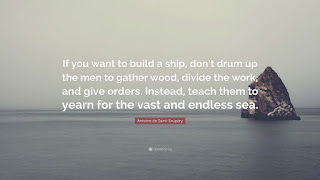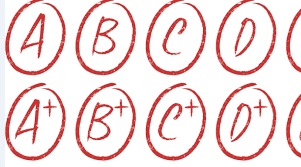Recovery or Relapse?

In December What’s the Story? , led by Tim O’Leary and yours truly, kicked off its Creative Conversations series, sixty-minute sessions devoted to educators connecting and crowd-sourcing resources for making school more student and learning centered. Each Creative Conversation focuses on one of the five learning laws described in Trust the Science: Using brain-based learning to upgrade our educational OS . Last month we held our fourth Creative Conversation , so we explored Learning Law #4: Humans construct their own understanding of their world. After a brief framing--a three-minute reminder of learning’s wild nature --we broke out into three-person groups and crowdsourced their replies to the questions: What opportunities are opening around us for making learning more student centered? What resources/models do we know of that can help students regain & retain their agency? Amidst the enthusiastic sharing of stories and resources, several participants noted that the d...





